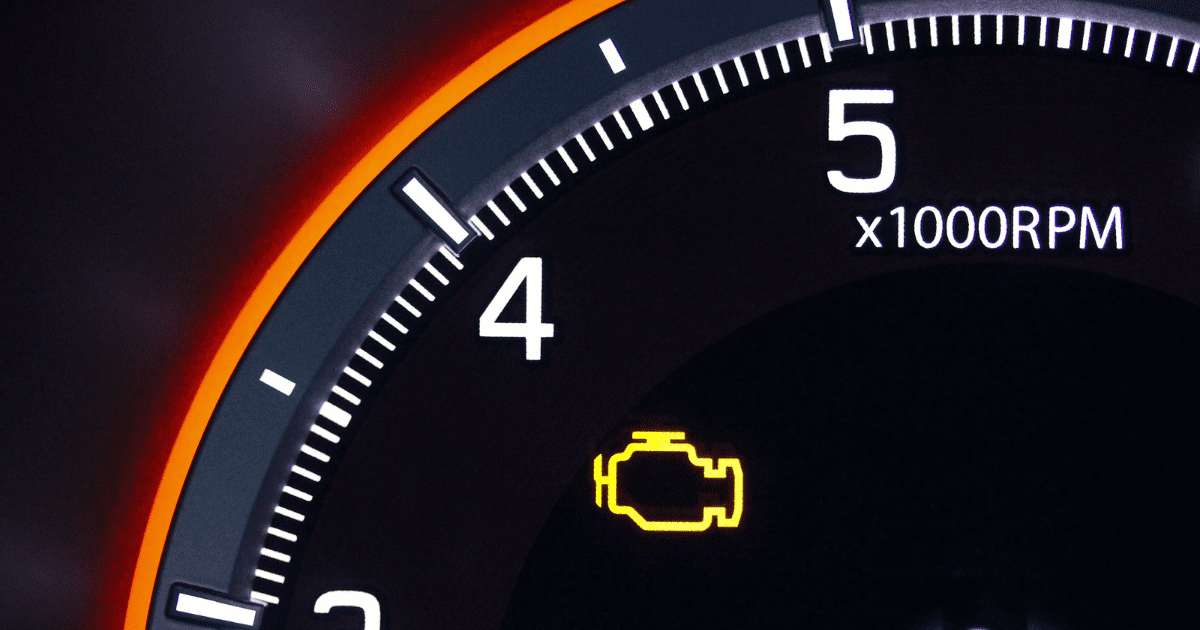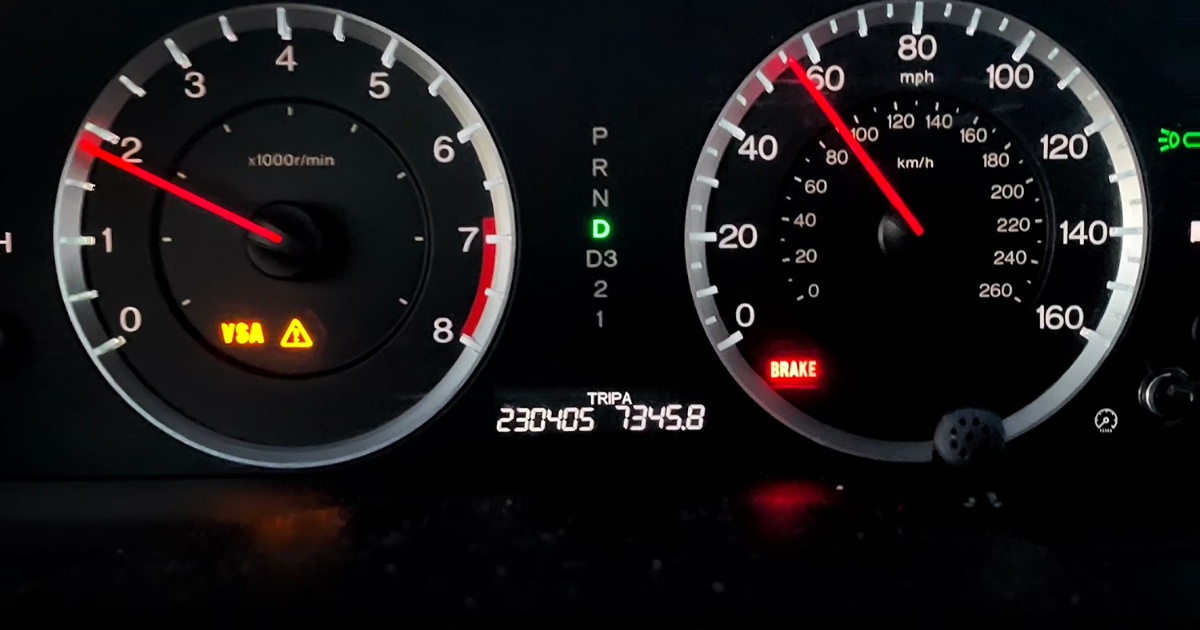If there might be an issue with your vehicle, the check engine light will come on to let you know. Even though it’s a warning light meant to keep the vehicle from getting worse, some drivers have said that it becomes annoying to see as the weather changes. It has been claimed that some people witness the light turning on in cold weather, while others have seen it in hot weather.
Why your check engine light turns on during the hot weather

When the Check Engine Light (CEL) comes on, it means that your car has an issue, no matter how big or small. However, you may lessen your anxiety and learn what to avoid in certain weather situations if you know what caused it.
However, in hot conditions, the check engine light could indicate that components of the cooling system, emission system, or circulation system are not functioning properly. Additionally, there’s a chance that the engine and gearbox are still overheating. Let’s take a closer look at the most typical causes of the check engine light coming on when the weather becomes warmer.
Fluid evaporation
Fluids including engine oil, gearbox fluid and coolant evaporate quickly in extremely hot weather. The cooling efficiency and lubrication are both negatively impacted by the subsequent fluid shortage. Eventually causing the engine to overheat and maybe break down. And ultimately triggering the CEL to come on
Keep in mind that when the engine is cold, these fluids can potentially be the source of the check engine light. In warmer heat, fluids evaporate; in cold weather, they freeze, eventually limiting their movement.
Loosed or missing gas cap
The gas cap on your car acts as a seal to maintain the proper pressure in the system and stop any fuel fumes from escaping the tank. The fuel will typically evaporate rapidly in extremely hot weather. Envision the situation where the cap is misaligned.
The petrol expands in response to the heated air outside and leaks out of a container when the top is loose or missing. This causes problems with performance and fuel economy in addition to turning on the CEL.
Instead of evaporating in cold temperatures, the gas will contract, absorb vapour, and then freeze. Also activate the CEL. If you were wondering, “Can humidity cause the check engine light to come on?” this should address your question.
Failing oxygen sensors

O2 sensors, which stand for oxygen sensors, determine how much unburned oxygen is present in your car’s exhaust. The electronic control unit (ECU) receives this information from the sensor and utilises it to regulate the fuel injection into the engine.
Several things, like exhaust leaks, can cause this sensor to fail. On the other hand, O2 sensors can be damaged and rendered useless by excessive heat. Invariably triggering the check engine light.
This sensor also has problems in cold temperatures. So, if you drive in snow and the check engine light comes on, don’t be startled. When exposed to icy or snowy conditions, the O2 sensor may cease functioning.
Engine overheating
Overheating can occur in warmer areas because engines tend to operate hotter than normal. Your engine is overheating, and the ECM will let you know by activating the CEL.
Catalytic converter issues
Reducing emissions is the job of the catalytic converter. This is achieved by assisting in the conversion of harmful vapours to less harmful ones. It can become less effective or even fail altogether if it gets too hot in warmer climates. The ECM will alert you through the CEL if it isn’t functioning properly. Other factors, though, can also lead to the cat’s demise.
Faulty spark plugs
In order for your vehicle to start, the combustion chamber’s air-fuel mixture must be ignited by the spark plugs. Overheating these plugs can cause them to contrast and expand, which can cause damage in very hot temperatures.
The engine might run rich or lean depending on whether the spark plugs are working properly. The result is that the check engine light will always be illuminated. Can, therefore, high temperatures trigger the check engine light? Congratulations! You are now informed.
Clogged air filter
The engine of a vehicle can be kept clean with the use of an air filter. Filters like this might become clogged up with use. But because there’s more dust and pollen in the air in warmer regions, it becomes clogged up more quickly. Engine airflow can be restricted by a clogged air filter. The ECM alerts you by turning on the check engine light when the engine isn’t receiving enough air.
Weak battery
Your battery electrolytes will evaporate quickly in extremely hot temperatures. The battery’s performance, life, and resistance to corrosion and failure are all negatively impacted by this over time. In the event that the battery voltage falls below the specified level, the CEL will activate.
Conclusion
Various factors, such as a gasoline cap that is loose or defective spark plugs, might cause the check engine light to illuminate in hot weather.
However, they are only speculations. Check the fault codes with an OBD II scanner or other diagnostic tool to find out why your CEL comes on when the temperature outside reaches a certain point.
Find out which one returns after clearing the codes. But first, make sure the gas cap isn’t loose or missing. If you’re in a rush and the petrol station is your last stop, this is one of the quickest fixes for when the engine light comes on.





